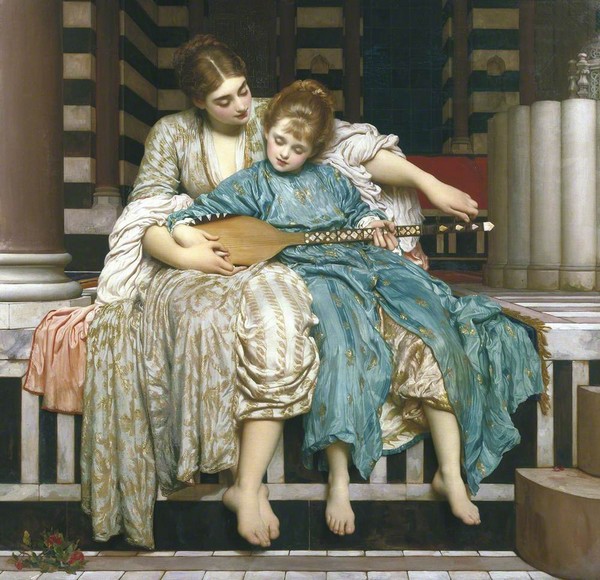
A few days ago I talked with another twitterer about whether a new recording of Die schöne Müllerin was needed; my interlocutor wondered if it contribute anything new. As I told him, I welcome a new, good recording of Die schöne Müllerin, because there are always new details to be found; One of the things that defines the classics is their timelessness; they are always new, they are always valid, and they always teach us something new.
But while we don't need intermediaries to reread a novel, music needs performers. Of course, there are excellent recordings of Die schöne Müllerin, so why do I think it's worth a new one? One reason is that the way in which Art Song (as any other genre) is performed evolves; we listen to performances from before the Second World War and realize that they are different from those of the 1950s or 1960s, which are also different from the current ones. Why, then, shouldn't we also enjoy (and preserve for posterity) the way a 19th-century classic is understood in the 21st century? Not all current performances are good, as not all old performances were good, but we listeners will choose those that interest us most. Also, technology evolves; there are noisy pre-war recordings where the piano is little more than an intuition and the voice is band-limited. Decades later, it wasn't unusual that the piano remained in the background. Today, it is easier to enjoy a good recording from a technical point of view.
The twitterer also said he was tired of the formula "attractive young singer + popular repertoire + major record label". Ah, there are more elements involved. Time takes care of youth, and beauty is debatable; however, no doubt that record labels have always exploited the physical appeal of the artists. Let's say, for instance, Franco Corelli, but, should he have hidden his face to prove he was a great tenor? It's true that the major record labels tend to be conservative and try well-known works, that are better sold, to release new artists; I think that's also certain that the essential masterworks such as Die schöne Müllerin could be the best-selling point of a young singer that aims for devoting his career to Lied.
The debate about old/new repertoire is not new, is complex and needs more than a few lines. It's strange that its arouse on Twitter came precisely (and that's a plot twist) when I was writing a post about how record labels continuously release recordings with unpublished or less-known repertoire. To mention just a few albums I heard recently: Records i somnis, with songs by Juli Garreta, published by Ficta; Esclat d'amor, with songs by Joan Manén, published by the Association Joan Manén; Songs of Faith, Love and Nonsense, with songs by Charles Villiers Stanford, published by Somm Recordings; Nachklang, with songs by Hans Schaeuble, Arthur Honegger, Peter Mieg and Othmar Schoeck, published by Solo Musica or Luna clara, with songs by Jesús Garcíaa Leoz, published by Odradek Records. Honestly, I don't know which conclusions I should draw, except, perhaps, to celebrate that old and new repertoire is released.
I changed my article on the fly, but I kept the song I wanted to share with you, from Luna clara, the last CD I mentioned. Jesús García Leoz is best known for his soundtracks; among his huge production, more than one hundred titles, I will name two great films by director Luis García Berlanga: Bienvenido Mr. Marshall ("Welcome, Mr Marshall") and El verdugo ("The executioner"). However, he also composed other works, including the twenty-one songs collected on this album, performed by soprano Mar Morán and pianist Aurelio Viribay.
Canción de cuna ("Cradle song") was written in 1942, but remained unknown until 1995, when García Leoz's works were catalogued. I guess that the reason was the author of the poem, Rafael Alberti, and the relationship the composer had with him. García Leoz contributed actively during the Spanish Civil War to the Alliance of Anti-Fascist Intellectuals for the Defense of Culture, often working closely with Alberti and his wife, María Teresa León. Once dictator Franco won the war, García Leoz was lucky enough, at least compared with the sorry fate of other colleagues. He spent "only" six months in prison, and, amazingly, he overcome the subsequent purging; he was charged with being the right-hand man of Alberti, he denied it and relied on the testimony of respected people that also lied, as he did it. He managed to continue working in Spain without further problems.
With this background, no wonder that García Leoz wrote in 1942 the beautiful Canción de cuna and put it in a drawer. In October 1941, during a trip on the river Paraná, Alberti (exiled in Argentina) dedicated to his newborn daughter Aitana a poem titled Remontando los ríos ("Going up the rivers") that he sent to García Leoz; it was published later, in 1944, in Pleamar. The song composed by Garía Leoz remained unknown but, at least, the composer re-used the music ten years later, in a Christmas play entitled Primavera en el portal ("Spring in the manger") premiered with great success on Christmas 1952, a few months before he died at the age of forty-nine.
I chose this song from Luna clara not only because I like it, but to dedicate it to Alicia, who was born only a few days ago. She arrived at such a musical family that we will soon see her with her mother in a similar scene to the one that illustrates this article. Welcome, Alicia!
Para ti niña Aitana,
remontando los ríos
este ramo de agua.
De agua dulce ramito,
que no de agua salada.
Agua de azúcar,
ramo, ramito que no amarga.
Remontando los ríos...
Cierro los ojos.
Pasan los ríos por mi cara,
los ojos...
son los ríos...
son los ojos.
¿Quién canta?
¿Quién se ríe?
¿Quién grita?
¿Quién llora?
Se desatan los ríos...
de mis ojos
vuela alegre una barca.
¡Adiós ramito verde
para ti toda el agua!


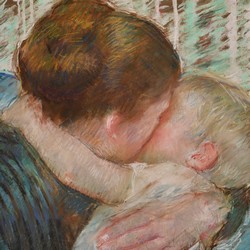
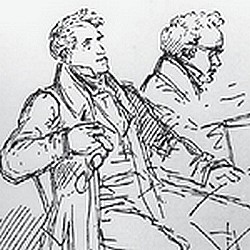
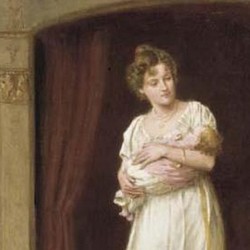 Isabel V...
Isabel V...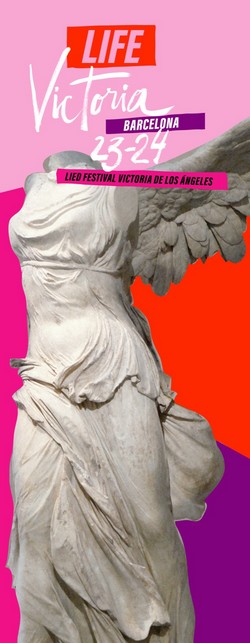


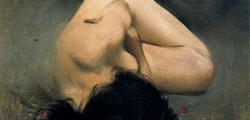


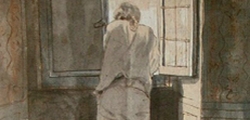





Comments powered by CComment